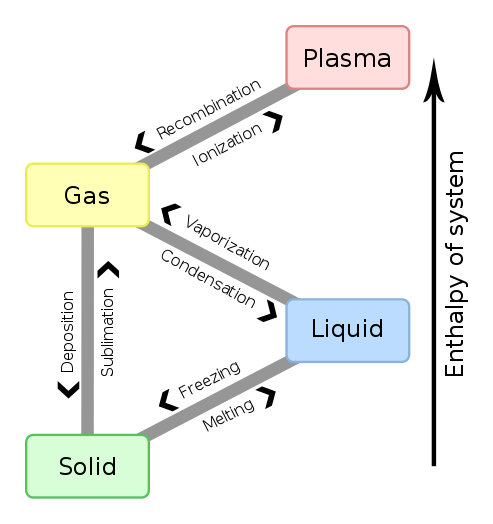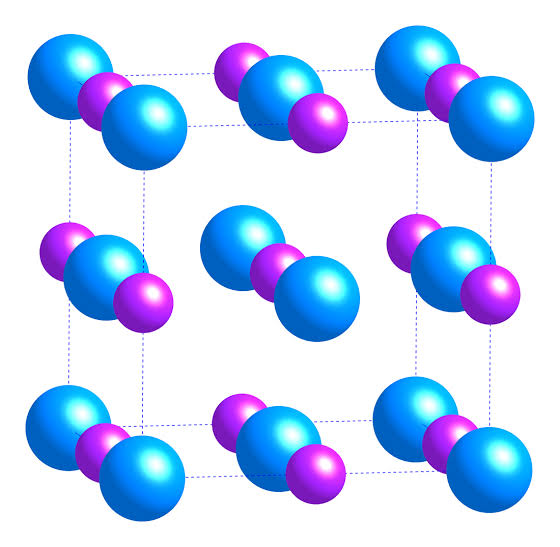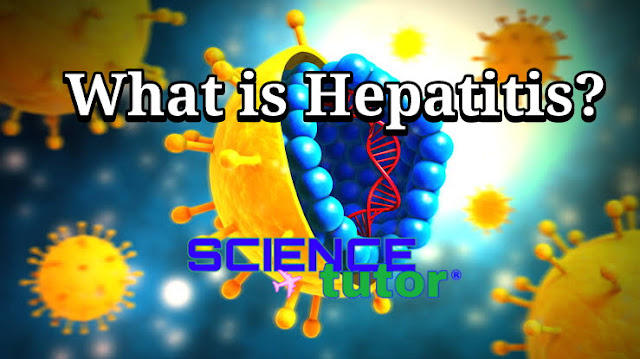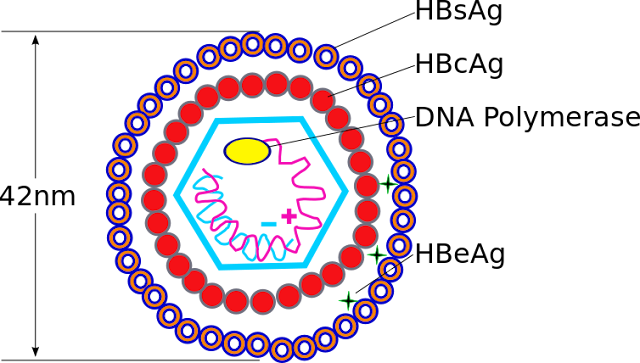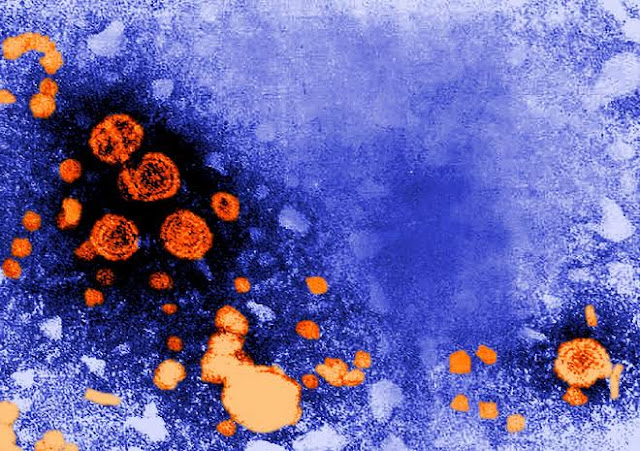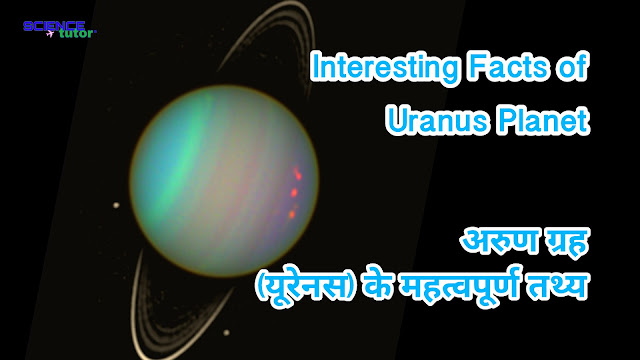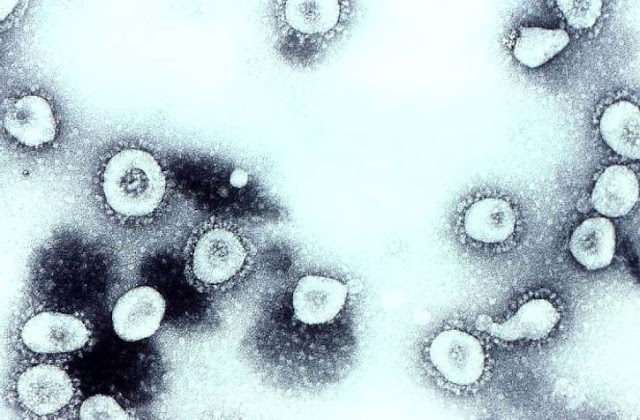The Role of Artificial Intelligence in Education: A Science Tutor's Perspective
Anoop Kumar Sharma
February 25, 2024
Introduction:
In today's rapidly evolving world, technology has become an integral part of our lives. One of the most promising advancements in technology is Artificial Intelligence (AI). AI has the potential to revolutionize various industries, including education. As a Science Tutor, I am excited to explore the role of AI in enhancing the learning experience for students. In this blog post, we will delve into the benefits and applications of AI in education, specifically focusing on its impact on science education.
The Role of Artificial Intelligence in Education: A Science Tutor's Perspective
 Reviewed by Anoop Kumar Sharma
on
February 25, 2024
Rating:
Reviewed by Anoop Kumar Sharma
on
February 25, 2024
Rating:
 Reviewed by Anoop Kumar Sharma
on
February 25, 2024
Rating:
Reviewed by Anoop Kumar Sharma
on
February 25, 2024
Rating:


